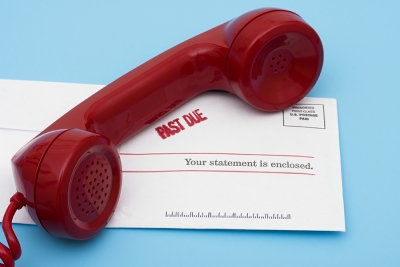“Really Seeing A Difference!”
“I am really seeing a difference in my credit score already I have been with company about 30 days I really like how Monique responds right back to me with all of my questions and concerns she is very good at her job. I want to thank you for all you do.”
– Bambi Brown – Lakeland, FL
Don’t Be Foolish This April Fool’s Day
CLICK HERE
Little Known Facts About April Fool’s Day
- No one knows exactly where, when or why April Fool’s Day began.
- The most popular theory about the origin of April Fool’s Day involves the French calendar reform of the sixteenth century. In 1564 France reformed its calendar, moving the start of the year from the end of March to January 1. The people who failed to keep up with the change, who stubbornly clung to the old calendar system and continued to celebrate the New Year during the week that fell between March 25th and April 1st, had jokes played on them.
- Pranksters would secretly stick paper fish to their backs. The victims of this prank were called Poisson d’Avril, or April Fish—which, to this day, remains the French term for April Fools.
- April Fool’s Day fall on the first day of April.
- April Fool’s Day was first known as “All Fool’s Day.”
- The earliest recorded association between April 1, pranks and foolishness can be found in Chaucer’s Canterbury Tales which was written in 1392.
- April Fool’s Day is a day when people play pranks on one another.
- In the United States, the pranks last all day, but in other countries they only take place until noon.
- A Joker, Court Jester, or Jokester have become the images associated with April Fool’s Day.
- Some people spend a lot of money and time planning elaborate jokes.
- April Fool’s Day is not an official holiday.









Leave A Comment